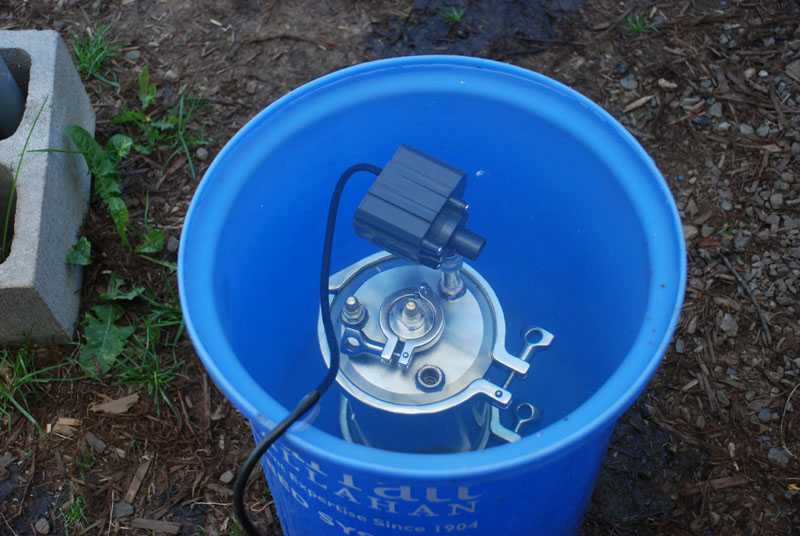Cold traps are essential components in vacuum technology, playing a critical role in protecting equipment and ensuring the integrity of processes within vacuum systems. They operate on the principle of trapping contaminants by cooling them to a temperature at which they solidify or condense. This process prevents these contaminants from reaching sensitive components of the vacuum system, thereby enhancing overall system performance and longevity. In a vacuum environment, various forms of contamination can occur, including water vapor, hydrocarbons, and other volatile compounds. These contaminants can adversely affect the performance of vacuum pumps, sensors, and other critical components. Cold traps mitigate these issues by providing a means to capture these contaminants before they enter the vacuum system’s main chamber. This is achieved through the use of a cryogenically cooled surface or a solid-state cooling mechanism that operates at temperatures significantly lower than the process environment. The effectiveness of a cold trap largely depends on its design and the operating temperature.

In addition to protecting equipment, GWSI cold traps also play a vital role in maintaining process integrity. In processes where precise conditions are required, such as in thin-film deposition or surface analysis, the presence of contaminants can lead to defects, unreliable results, or even system failure. By capturing these contaminants, cold traps help ensure that the process remains uncontaminated and that the final product meets the required specifications. This is particularly important in industries such as semiconductor manufacturing, where even minute levels of contamination can lead to significant issues. Moreover, cold traps contribute to the overall efficiency of the vacuum system. By capturing and removing contaminants before they reach the main pump or chamber, they help to extend the life of these components and reduce maintenance needs. This not only lowers operational costs but also improves system reliability. Cold traps also aid in achieving and maintaining the desired vacuum levels by preventing the buildup of contaminants that could otherwise lead to increased system pressure or fluctuating vacuum levels.
The design and implementation of cold trap must consider several factors, including the type of contaminants expected, the operating temperature range, and the physical dimensions of the system. Proper sizing and placement of the cold trap are crucial to ensure its effectiveness. Regular maintenance and monitoring are also necessary to ensure that the cold trap remains functional and efficient throughout its operational life. For instance, traps using liquid nitrogen or helium can achieve extremely low temperatures, making them suitable for a wide range of applications, from high-vacuum systems to ultra-high-vacuum environments. In summary, cold traps are a critical element in vacuum technology, essential for protecting equipment and maintaining process integrity. By capturing contaminants through cooling, they prevent damage to vacuum components, enhance process reliability, and improve overall system efficiency. Typically, cold traps are designed to operate at temperatures well below the freezing point of water and the condensation points of various contaminants.